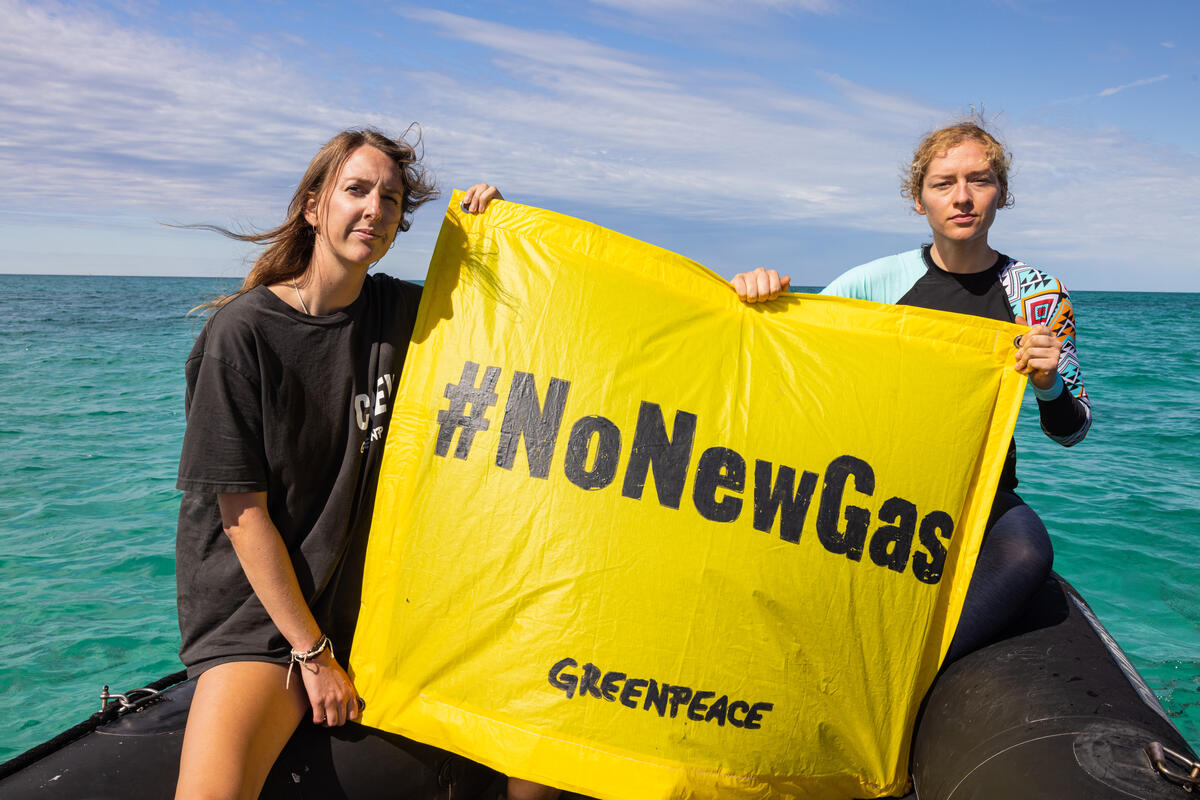In brief:
– A sea change in government strategy
– Safety concerns
– The risks of deep-sea oil
– Where is deep-sea oil exploration taking place in New Zealand?
– International oil companies in the dock
Updated: May 2012
The inability of the authorities to cope with the effects of the recent oil spill from the Rena cargo ship, despite the best efforts of Maritime New Zealand, has brought into sharp focus the environmental risks involved in the Government’s decision to open up vast swathes of the country’s coastal waters for deep-sea oil drilling.
The Rena accident highlights the devastation that can be caused by what in global terms was actually a relatively small oil spill at 350 tonnes and shows the difficulties of mounting a clean-up operation even when the source of the leaking oil is so close to shore. It raises the spectre of the environmental catastrophe that could occur if an accident on the scale of the Deepwater Horizon disaster in the Gulf of Mexico were to occur in New Zealand’s remote territorial waters.
The potential dangers of deep-sea drilling, and the exploration of oil below water depths of 200 metres, have been understood for years. But until recently such dangers were only ever academic as the extraction of deep-sea oil was regarded as prohibitively expensive. In the last few years, however, a combination of declining global oil reserves from traditional sources (1) and rising oil prices worldwide has driven companies to seek out ever riskier sources of oil in order to maintain their revenue streams. And sadly, successive New Zealand governments of different political stripes have shown themselves only too willing to assist.


